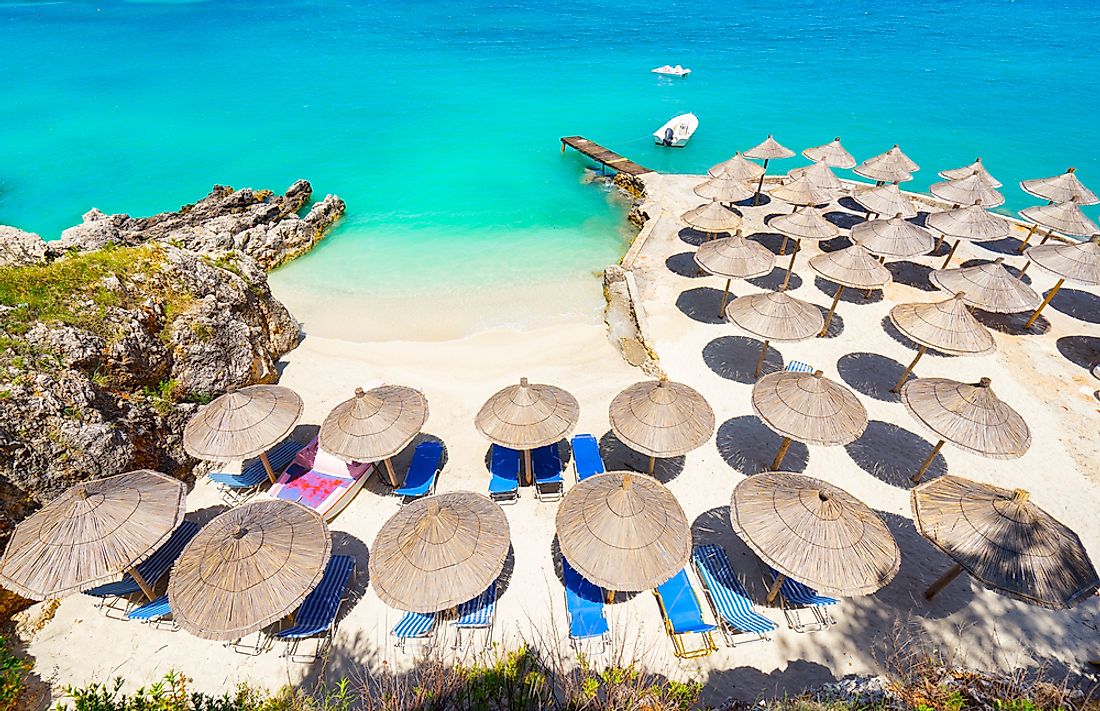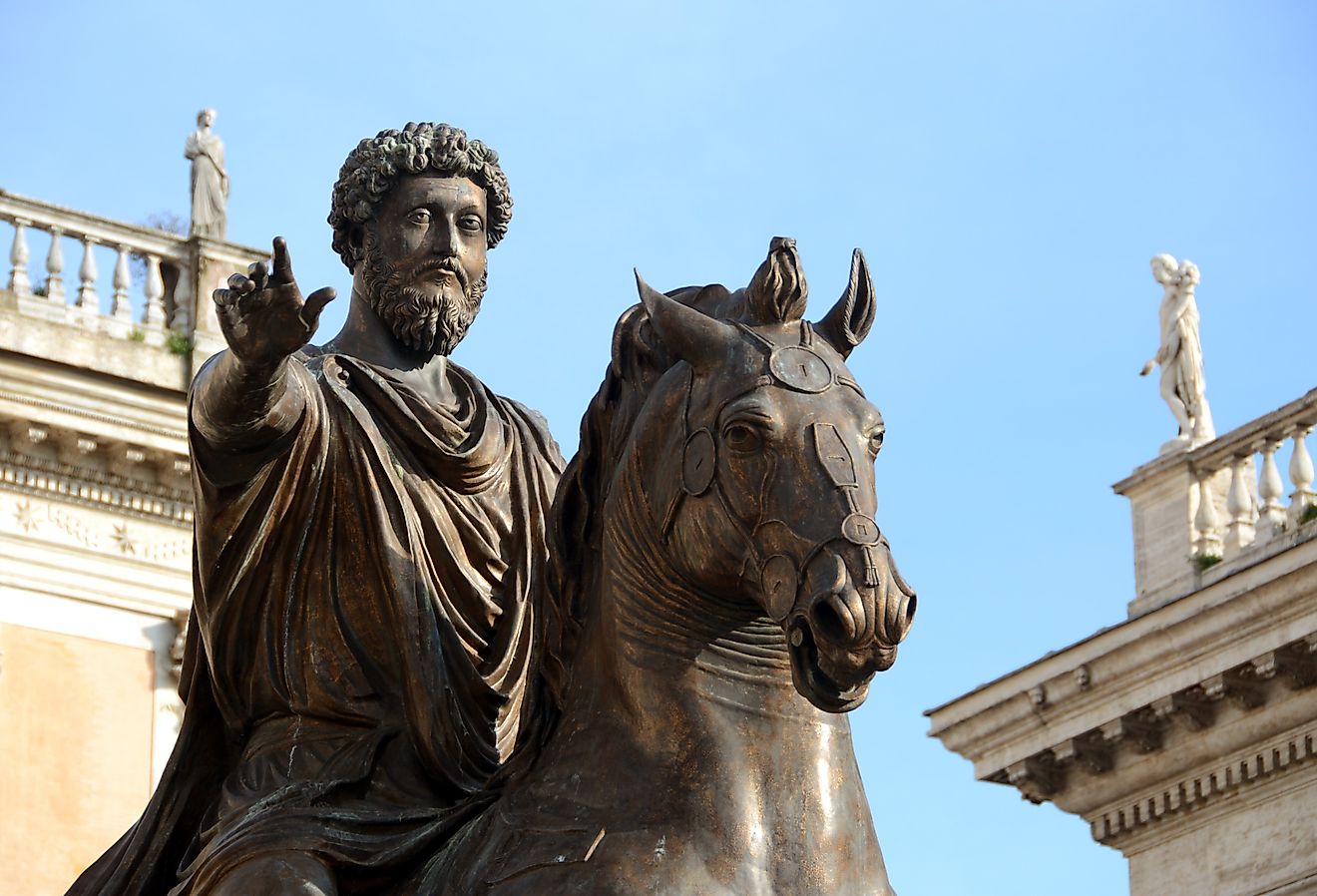Fun Facts about Albania

Albania is a small country in Southern Europe. The country’s capital is Tirana, and it is Albania's largest city with 800,000 inhabitants. The official language of Albania is Albanian, and the country’s dialling code is 355. The country has very interesting statistics and facts unknown to most people. Some of them are listed below.
- Only 3 million people live in the country. There are more Albanians now living outside the country than within its territories. The estimated diaspora population of Albanians is between seven to ten million.
- Mother Teresa is the country’s heroine. She is also the only Nobel laureate from Albania.
- The majority of Albanians are Muslim. This is because of the country had been under Ottoman rule. Islam was introduced into the country in the 14th century, but the majority of the people became Islamized during the 17th century.
- In 1967, Albania was proclaimed as the first atheist state in the world. Under the leadership of Enver Hoxha, religion was banned and anyone breaking the law was to be jailed for 3 to 10 years.
- The current Republic of Albania is the fourth republic to be established in the country. It was formed on April 29, 1991.
- Among the nations in the Balkans, Albania ranks fourth in reduced unemployment rates. This low level of unemployment is due to the country’s reforms geared towards its economy and state institutions.
- The highest point in Albania is Mount Korab, which is 2,764 metres high. Albania shares this mountain with two other countries, Kosovo and Macedonia. The mountain is the highest point in both other countries as well.
- Lake Skadar, Southern Europe’s largest lake, is found in Albania. The lake, whose surface area varies between 370 sq km and 530 sq km, is shared between Albania and Montenegro. Only a third of the lake lies within Albanian borders.
- The oldest lake in Europe is found in Albania. The lake, known as Ohrid, is one of the world’s ancient lakes. A variety of unique plants and animal species, as well as living fossils, are found at the lake. The lake is protected by UNESCO due to its heritage.
- The country has 13 small islands. Only two of them are more than 1 square kilometre. These two islands are Kunë and Sazan.
- Four glaciers were discovered in the country in 2009 by a group of explorers from the University of Colorado. The unique glaciers found in North Albania’s Cursed Mountains lie at a low altitude of 2,000 metres and are the southernmost glaciers in Europe.
- The small country has significant biodiversity. A variety of 3,250 plant species can be found in the country, which is almost one third of all plant species found in Europe.
- 91 animal species declared globally endangered can are found in the country. These include the pygmy cormorant, Mediterranean monk seal, and the Dalmatian pelican.
- Albania is one of the European countries with a long history of growing grapes. Vines were grown in the country as early as the ice age, and the oldest seeds found in Albania are between 4,000 and 6,000 years of age.
- The second largest deposits of oil in the Balkans region are found in Albania. The country’s oil reserves are the largest in Europe.
- Albania is among the leading chromium producing and exporting countries in the world. It is also known for producing coal, nickel and copper.
- The majority of the country’s income comes from its service sector, especially tourism. Lonely Planet recommended the country as a choice travel destination in 2011. Between 2005 and 2012, Albania recorded an incredible 740% increase in the number of foreign tourists.
- The coast of the Ionian Sea is also known as the Albanian Riviera due to its pristine and beautiful beaches.
- The country’s internet is among the fastest and cheapest in Europe. For example, ABcom is an Albanian ISP company which offers a download package of 30mbit for approximately $2.4 per month.
- Albania is the world’s largest hydroelectricity producer. 100% of the country’s energy is hydroelectric.
- Albania’s largest and busiest seaport, Port of Durrës, is among the biggest passenger ports along the Adriatic Sea. It handles about 1.5 million passengers each year.
- The country has only one international airport, located in Tirana. The airport is named in honour of Mother Teresa and it is the country’s sole entry port for international travellers.
- The first radio broadcast in the country was in 1938 when Albania Radio and Television was formed. Television broadcasting commenced later in 1960. Today, the country’s media outlets are estimated at 257.
- Albania is home to three official World Heritage Sites under UNESCO and four others are in the organisation’s tentative list. Among the sites is an ancient city located to the south of Sarandë, called Butrint.
- Ermonela Jaho, one of the country’s renowned modern day artists, was named the most acclaimed soprano in the world by The Economist. Another famous musician from Albania is Rita Ora.
- The Albanian language is one of the three surviving Indo-European languages besides Armenian and Greek.
- Albania has more than 200 varieties of traditional clothing. All regions in the country have their own distinct costumes. This Albanian trend is unique in Europe.
- In Albania, the midday meal is the country’s main meal. It comprises of a vegetable and meat main dish, which is followed by a fresh vegetable salad. The healthy dietary habits of Albanians have reduced the rate of obesity in the country.
- Pumpkins have a special place in Albania. Besides being used in cuisines, they are used for display purposes and as gifts.
- The nation’s Tirana International Film Festival, which was founded in 2003, is the leading film festival in the country.
- One of the leading individual sports practiced by Albanians is weightlifting. The country has won many weightlifting championships in European and global competitions.
- In 2011 Albania was ranked the sixth in the world in terms of the highest literacy levels.











